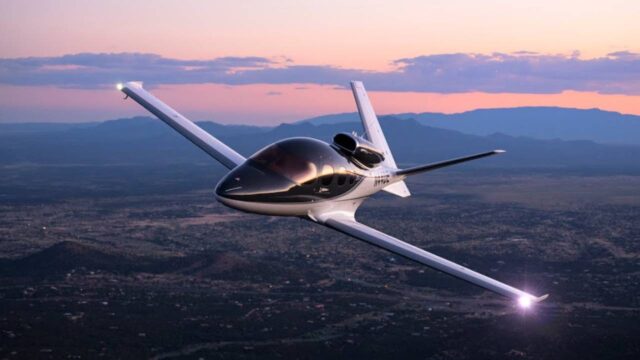In our age, mobile technologies have become indispensable. Companies that develop transportation vehicles offer various solutions to users in order to use these technologies regardless of our location and to provide the necessary energy for them. So how do these things happen at an altitude of thousands of meters? How does the electrical system of airplanes work? Let’s take a closer look at the subject.
What are the electrical sources of airplanes?
In addition to many systems generally used in aircraft, there are backups and the aircraft uses the system required according to the stop it is in. In the electrical system, this situation is not much different. The main power providers in airplanes are the generators in their engines.
A twin-engine airplane has at least two generators in its engines. These generators provide energy to the aircraft as long as the engine is running, with the movement they receive from the aircraft engine. The second energy provider in the aircraft is the APU (Auxiliary Power Unit) generator, which is a kind of aircraft engine, which is usually located in the tail parts of the aircraft. There is also an External Power Unit used to supply electricity to the aircraft from outside.
So how do these systems work?
The order of priority among the systems we mentioned changes according to the situation of the aircraft. For example, an airplane with a running engine does not need an external power unit, or an airplane that needs electricity for ground cleaning does not need to start its engines while the external power unit and APU are stationary for electricity.
The power needed for the first engine start of the aircraft is provided by the APU or external power unit on the ground. After the engine starts, it starts to produce its own electricity. In addition to these systems, there is another backup system called RAT (Ram Air Turbine), which opens out from the inside of the fuselage for emergencies.
When the RAT is running, it only supplies essential flight related systems. Moreover, aircraft have batteries. Batteries generally provide 28 volts and are nickel-cadmium. Their number varies depending on the model of the aircraft.
If there is a problem with the normal electrical system of the aircraft during the flight and the batteries are activated, only the basic necessary systems will work. The battery powers vital systems such as cockpit displays, radios and flight control controls in these emergencies.
In addition, the clock of the aircraft is directly connected to the battery. This line, to which the clock is connected, provides continuous energy. In some systems where it is not desired to cut off the energy, it is connected to this line. For example, the solenoid of the RAT system operating in an emergency.

How many volts of electricity are produced in an airplane?
The electrical values produced by airplanes are not standard. It varies according to the model or need of the aircraft. For example, if we look at the values of the wide-body Airbus A330 aircraft; motors and APU 115KVA, external power unit 90KVA, RAT 8KVA, batteries produce 2,5KVA electricity.
Since the electricity produced is generally AC (alternating current), it is converted to 28 volts DC (Direct Current) with a system called “Transformer Rectifier”. This feeds both batteries and DC-powered systems. There is a system called “Static Inverter” that can convert DC electricity in batteries to AC electricity if needed.
We took an overview of the electrical system in airplanes. In addition to the systems we have described here, there are many more detailed devices and systems in airplanes. What do you think about the electrical system of airplanes? You can share your views with us in the comments.

